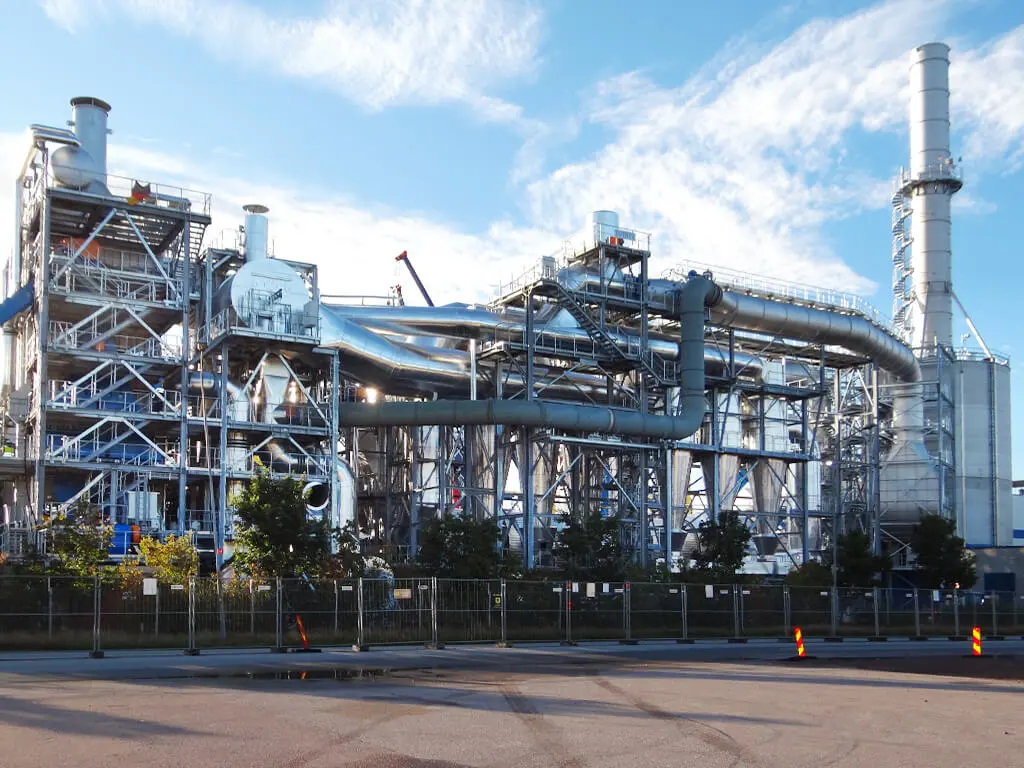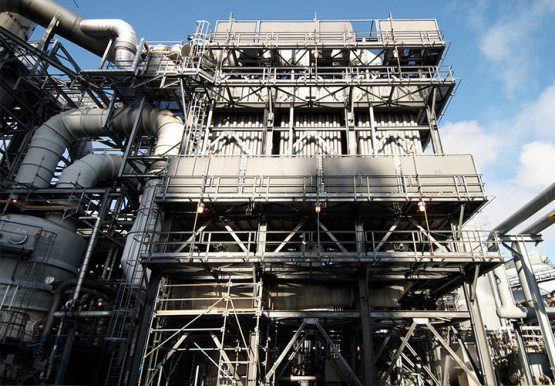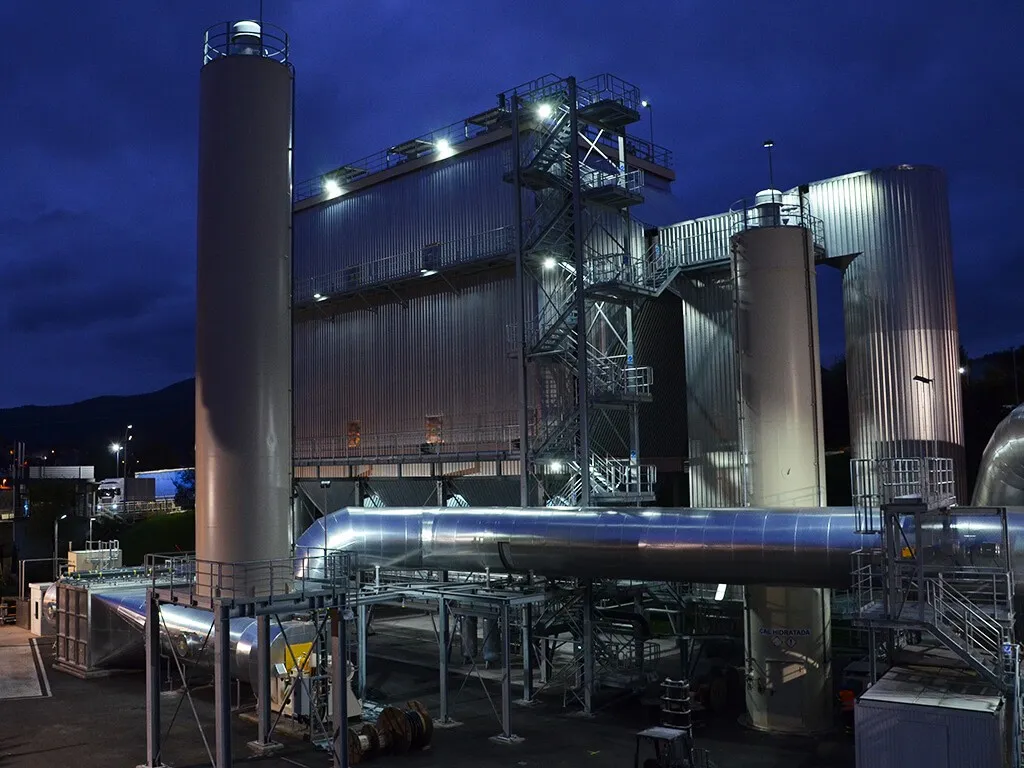Air pollution is a major concern around the world, impacting human health, ecosystems, and even climate change. Factories, power plants, and other industrial facilities are significant contributors to air pollution, releasing harmful particulates like dust, ash, and soot. But there’s a powerful technology that helps combat this issue: electrostatic precipitators (ESPs). In This Blog We are Going To Learn How do ESPs improve air quality by removing harmful particulates?
What are Electrostatic Precipitators (ESPs)?
How Do Electrostatic Precipitators (ESPs) Work?
The magic of ESPs lies in their ability to manipulate electrical charges. Here’s a simplified breakdown of the process:

- Charging the Particles: The incoming exhaust gas containing particulates passes through a region with a high-voltage electric field. This field energizes the gas molecules, causing them to lose electrons and become positively charged. The particles themselves also come into contact with these charged gas molecules and become negatively charged.
- Attraction and Collection: Downstream from the charging zone lies a series of collecting plates with a positive charge. Opposite charges attract, so the negatively charged particles are drawn towards these collection plates.
- Removal and Disposal: Once the particles accumulate on the collecting plates, a rapping mechanism dislodges them. These collected particles then fall into a hopper at the bottom of the ESP, from where they are removed for proper disposal or recycling.
Benefits of Electrostatic Precipitators (ESPs) for Cleaner Air
By removing harmful particulates from exhaust gases, ESPs offer a multitude of benefits for cleaner air:
- Reduced Respiratory Issues: Fine particulate matter (PM2.5) is a major health concern, linked to respiratory problems like asthma, bronchitis, and even lung cancer. ESPs effectively capture these tiny particles, leading to cleaner air and improved public health.
- Enhanced Visibility: Smoke and dust particles can significantly reduce visibility, impacting safety and aesthetics. ESPs help clear the air, improving visibility for transportation and overall environmental aesthetics.
- Climate Change Mitigation: Certain particulate matter can contribute to climate change by absorbing and reflecting sunlight. By removing these particulates, ESPs can play a role in mitigating climate change impacts.
- Protection of Ecosystems: Particulate pollution can harm ecosystems by damaging vegetation and disrupting natural processes. ESPs help protect sensitive ecosystems from air pollution.
Applications of Electrostatic Precipitators (ESPs) in Industry
ESPs are a versatile technology used in various industrial processes to control air pollution, including:
- Reduced Respiratory Issues: Fine particulate matter (PM2.5) is a major health concern, linked to respiratory problems like asthma, bronchitis, and even lung cancer. ESPs effectively capture these tiny particles, leading to cleaner air and improved public health.
- Enhanced Visibility: Smoke and dust particles can significantly reduce visibility, impacting safety and aesthetics. ESPs help clear the air, improving visibility for transportation and overall environmental aesthetics.
- Climate Change Mitigation: Certain particulate matter can contribute to climate change by absorbing and reflecting sunlight. By removing these particulates, ESPs can play a role in mitigating climate change impacts.
- Protection of Ecosystems: Particulate pollution can harm ecosystems by damaging vegetation and disrupting natural processes. ESPs help protect sensitive ecosystems from air pollution.

Beyond Air Quality: Additional Advantages of Electrostatic Precipitators (ESPs)
While cleaner air is the primary benefit, ESPs offer some additional advantages:
- Material Recovery: In some cases, the collected particles from ESPs can be valuable materials. For instance, in power plants, the captured fly ash can be used in construction applications.
- Reduced Maintenance Costs: Compared to other air pollution control technologies, ESPs require less maintenance, making them a cost-effective solution in the long run.
- Versatility: ESPs can be designed to handle a wide range of gas volumes and temperatures, making them adaptable to various industrial applications.
Considerations for Using Electrostatic Precipitators (ESPs)
Despite their numerous benefits, ESPs have some limitations to consider:



- Initial Investment: Installing an ESP can be a significant upfront investment compared to some simpler air pollution control technologies.
- Energy Consumption: ESPs require a continuous supply of electricity to operate, which can contribute to the overall energy footprint of a facility.
- Space Requirements: ESPs can be large structures, requiring sufficient space for installation and operation.
The Future of Electrostatic Precipitators (ESPs)
Despite these limitations, ESPs remain a vital technology for cleaner air. Research and development are ongoing to enhance ESP efficiency and address current limitations. Some promising areas of advancement include:
- Improved Electrode Design: New electrode designs aim to improve the charging process and enhance particle collection efficiency.
- Material Innovations: Developing new materials for collecting plates can lead to improved performance and durability.
- Advanced Control Systems: Implementing sophisticated control systems can optimize ESP operation and
Conclusion: Electrostatic Precipitators (ESPs) improve air quality by removing harmful particulates
Electrostatic precipitators are a powerful and versatile technology playing a crucial role in combating air pollution. By effectively removing harmful particulates from industrial emissions, ESPs contribute to cleaner air, improved public health, and a more sustainable future. As technology continues to advance, ESPs are poised to become even more efficient and adaptable, ensuring cleaner air for generations to come.



ESPs are a powerful technology for cleaner air, promoting public health and a sustainable future. Advancements will make them even more efficient and adaptable.





